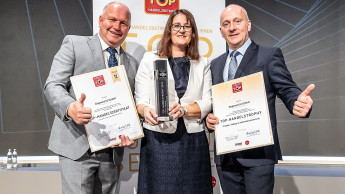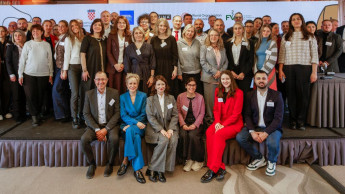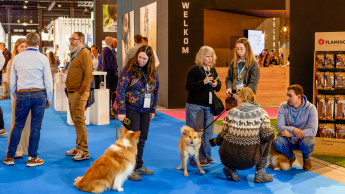The gradually increasing similarity between the habits of individual populations offers industry the opportunity to market its products worldwide. Trade, too, is also operating on an increasingly international scale. Big grocery chains like Wal-Mart, Metro and Carrefour have demonstrated more or less successfully how global expansion can be achieved in practice. Yet even in our much smaller pet industry, there are growing signs that trade is taking on an international dimension. In this issue of PET in Europe, we will be highlighting several examples of this. The German specialist retail chain Fressnapf is already operating stores in Germany, Austria, Luxembourg, Switzerland, Holland, Hungary and shortly also in Denmark. Even some French trading groups are putting their feelers out abroad more strongly. Botanic, for example, has opened two new outlets in Italy this autumn. Truffaut is investing risk capital in Great Britain, and Jardiland apparently intends to extend its operations into Italy in addition to its business in France and Spain. The Animal Planet group is also active on the international front, with stores in France and Belgium.
These as yet timid attempts to gain a foothold in foreign markets are likely to increase in years to come, and the influence of chains operating internationally will increase in particular in markets that still have relatively unstable structures. Significant, radical changes could take place over the next few years above all in the countries of Southern and Eastern Europe. The retail landscape remains very exciting.
Your
Ralf Majer-Abele

 Menü
Menü







 4/2002
4/2002












 Newsletter
Newsletter